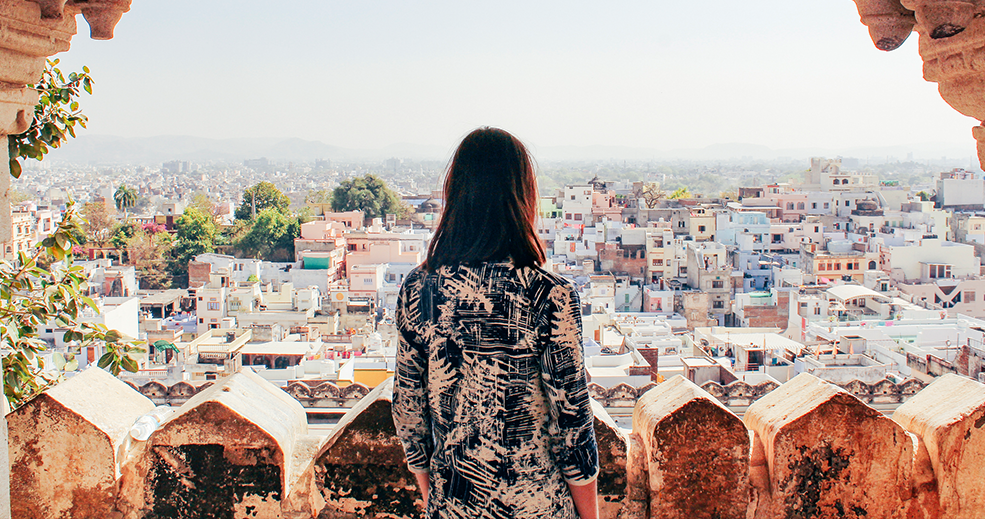
Russia-Ukraine conflict reveals structural weaknesses in India
India was among the fastest-growing of all emerging economies in 2021. But the Russia-Ukraine conflict has resurfaced the country’s structural weaknesses.
Russia as a new supplier
India’s primary weakness is, of course, its reliance on oil, with rising oil prices weighing heavily on the country’s trade balance. Leveraging its neutral – not to say ambiguous – geopolitical positioning, India has substantially changed its oil supply sources to take advantage of the discount on Russian oil, which is trading at $30-40 a barrel below the official price.
Russian oil is set to account for almost 25% of India’s total oil imports in June, with the country receiving nearly a million barrels a day; contrast this with 2021, when Russian oil accounted for barely 2% of India’s total oil imports. A welcome source of help, no doubt, but not enough to quell soaring import values (up 72% year on year in May), which have quickly weakened India’s trade balance. The total one-year deficit has risen to a record $222 billion, equating to around 8% of GDP. The current account was more or less balanced in 2021. However, the deficit was already 2.7% of GDP at the end of 2021 and is likely to continue to deepen in 2022.
Inflation disrupting economic activity
The second structural weakness, which goes hand in hand with the first, is the return of inflation. Although largely fuelled by energy prices (up 41% year on year in May), inflation is also affecting food products (up 12%), which in India make up more than 40% of the price index. Inflation reached 7.8% in April before slowing slightly to 7% in May.
Once again, the war in Ukraine is partly to blame, causing the price of cooking oils – of which India is a net importer – to soar, but so is bad weather (drought and a heat wave) affecting harvests of tomato, fruit and wheat, all staples of the Indian diet. The authorities have tried to respond by blocking exports of wheat to ensure India’s food security, but with cereal prices highly volatile, this decision has been partly cancelled out by speculation. Consumer spending was already slowing in the first quarter of 2022, making only a very modest contribution to growth (one percentage point, compared with 4.4 points the previous quarter).
The central bank (the Reserve Bank of India, RBI) resigned itself to having to hike interest rates by 40 and then 50 basis points, to 4.9%. With inflation mainly the result of supply constraints rather than of an overheating economy, this move was first and foremost a signal to markets, notably to head off attacks on the rupee, which has lost just over 5% against the dollar since January, in line with the average of other Asian emerging countries.
Amid a flight to quality and with the dollar strengthening, the RBI has every incentive not to stand out from other emerging countries: if the rupee were to depreciate too steeply, this would push up import prices even higher. In any event, the central bank still has plentiful reserves (over $500 million) with which to defend its currency.
Neutral or non-aligned?
Lastly, the war has highlighted India’s ambiguous position on the international stage. President Modi, once seen as a mediator in the conflict, has ultimately refrained from taking part in negotiations and is pursuing a rather opportunistic policy of buying up discounted Russian oil at the risk of heightening India’s reliance (already high when it comes to weapons) on Russia. Above all, though, it is the stance of his party, the BJP (Indian People’s Party), on Islam that has put India at odds with Muslim countries.
With President Modi pursuing a policy of repressing and marginalising the Muslim community (the world’s third largest after Indonesia and Pakistan) for the past few years, resulting in riots and deaths in February 2020, purported blasphemous comments about the Prophet Muhammed by a BJP spokesperson on a national TV channel have triggered a wave of indignation throughout the Muslim world.
The Gulf states, notably Kuwait and Qatar, have summoned the Indian ambassadors to their countries to demand explanations. The Organisation of Islamic Cooperation (OIC), which has 57 member countries, has also responded, stating that these comments “come in the context of the escalation of hatred and abuse of Islam in India and in the context of the systemic practices against Muslims and restrictions on them […]”.
The Gulf states are host to nearly 9 million Indian workers, who provide over half of India’s income from foreign workers – a welcome inflow of currency ($87 billion in 2021) that goes some way towards rebalancing the current account. Until 2021, the Gulf states also provided for just over 60% of India’s oil needs.
After initially minimising if not covering up the controversy, New Delhi has finally woken up to what is at stake and made repeated conciliatory statements aimed at Muslims while suspending those implicated. There is unlikely to be any change in the general attitude towards this community, the repression of which has never seemed to bother the OCI countries. However, the BJP is sure to be careful what it says on this topic from now on. This is a purely pragmatic position: India needs the Gulf states more than they need it.







